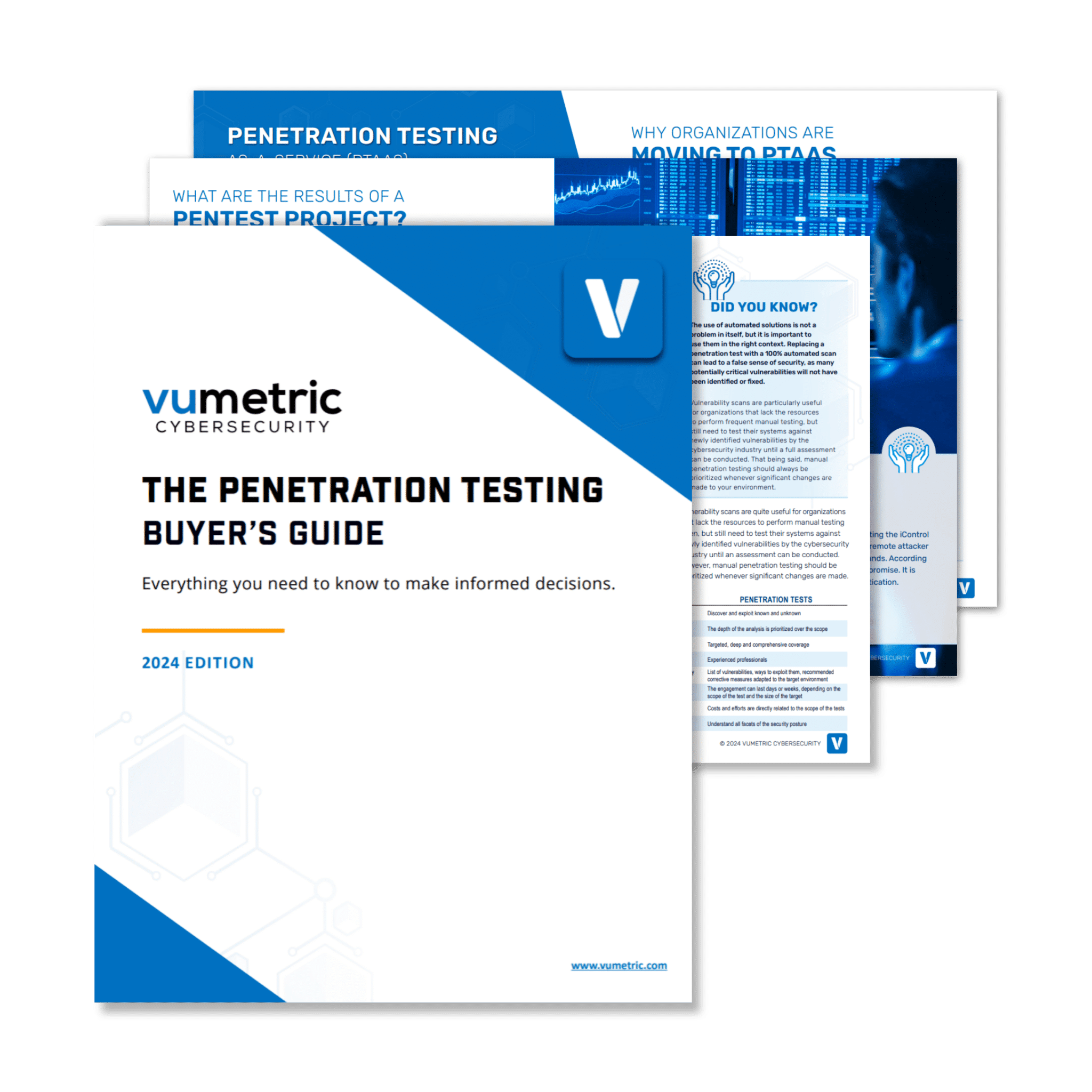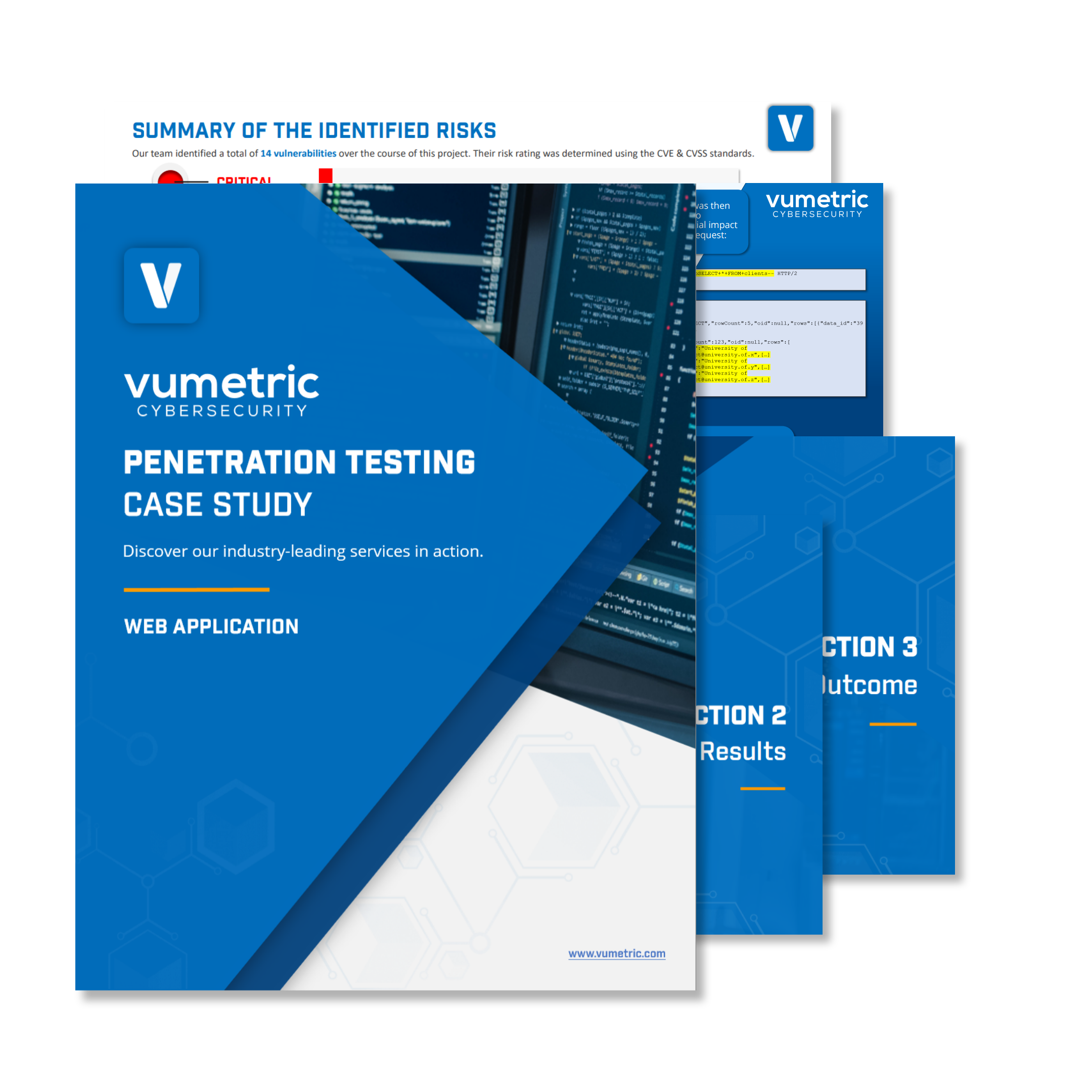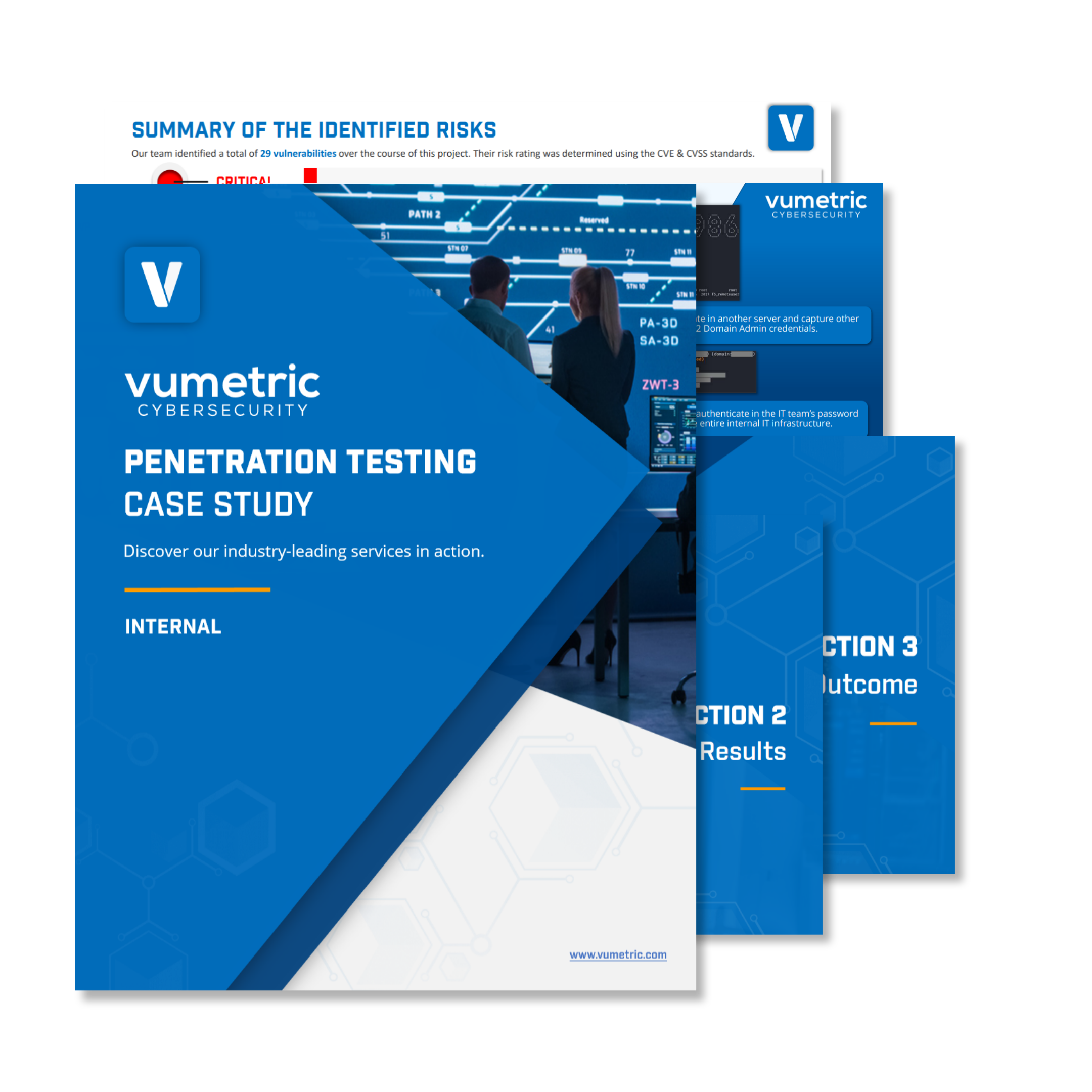Penetration testing is a crucial part of the cybersecurity process, as it helps organizations identify vulnerabilities and improve their security posture. But what does a penetration testing report look like, and what insights can you expect from such an assessment? In this article, we will explore the essential components of a penetration testing report and explain how these findings can benefit your organization.
Introduction to Penetration Testing
Penetration testing, also known as ethical hacking, is a simulated attack on a system or network to identify security weaknesses. By exploiting vulnerabilities, ethical hackers can provide valuable insights to help organizations strengthen their cybersecurity defenses.
Want to learn more about our penetration testing services? Visit our penetration testing services page or contact our experts to discuss your organization’s needs.
Key Components of a Penetration Testing Report
A penetration testing report typically consists of several sections, each providing detailed information on various aspects of the assessment. These sections may include:
- Executive Summary: An overview of the testing process, objectives, scope, and high-level findings.
- Methodology: A description of the testing approach, techniques, and tools used during the assessment.
- Vulnerability Analysis: A comprehensive list of identified vulnerabilities, including their severity, potential impact, and recommendations for remediation.
- Attack Scenarios: Detailed descriptions of successful attack simulations, highlighting how vulnerabilities were exploited and what damage could have occurred.
- Conclusion: A summary of key findings and recommendations, emphasizing the importance of addressing identified vulnerabilities.
Executive Summary
The executive summary provides a high-level overview of the penetration testing process, objectives, and scope. It is tailored to non-technical readers, such as IT directors and senior executives, and highlights the most critical findings and recommendations. This section highlights the main cybersecurity risks requiring attention and aims to inform management on the current state of their cybersecurity posture, as well as the next steps to prioritize.
Methodology
This section outlines the methodology used during the assessment, including testing techniques and tools. By providing a transparent and detailed explanation of the approach, organizations can better understand the thoroughness of the assessment and the expertise of the penetration testing team. Common methodologies include:
- Black-box testing
- White-box testing
- Gray-box testing
These methodologies vary in the level of prior knowledge and access granted to the ethical hacker, with each offering unique benefits and insights.
External Penetration Testing
Case Study
See our industry-leading services in action and discover how they can help secure your external network perimeter from modern cyber threats and exploits.
Penetration Testing Guide
(2024 Edition)
Everything you need to know to scope, plan and execute successful pentest projects aligned with your risk management strategies and business objectives.
Web Application Penetration Testing
Case Study
See our industry-leading services in action and discover how they can help secure your mission-critical Web Apps / APIs from modern cyber threats and exploits.
Internal Penetration Testing
Case Study
See our industry-leading services in action and discover how they can help secure your internal network infrastructure from modern cyber threats and unauthorized access.
Vulnerability Analysis
The vulnerability analysis is the core of the penetration testing report, providing a comprehensive list of identified security weaknesses. Each vulnerability is assigned a severity rating (e.g., low, medium, high, or critical) based on its potential impact and exploitability. The report also includes detailed recommendations for remediation, prioritizing the most significant vulnerabilities to help organizations efficiently allocate resources.
Attack Scenarios
In the attack scenarios section, the penetration tester describes successful attack simulations and explains how vulnerabilities were exploited. By presenting real-world examples, this section helps organizations visualize potential consequences and understand the urgency of addressing security weaknesses. Case studies can also serve as a valuable learning tool for IT professionals, offering insights into attacker tactics and strategies.
Conclusion
The conclusion of the penetration testing report summarizes key findings and recommendations, emphasizing the importance of addressing identified vulnerabilities. This section highlights the overall state of an organization’s cybersecurity posture and the need for ongoing assessments to maintain security. The conclusion may also include a call to action, encouraging organizations to discuss their findings with cybersecurity experts and develop a remediation plan.
Why Penetration Testing Reports Matter
A well-structured and detailed penetration testing report offers valuable insights to help organizations improve their security posture. Some of the key benefits include:
- Identifying vulnerabilities before malicious actors do
- Providing actionable recommendations for remediation
- Helping organizations prioritize security resources and investments
- Supporting compliance with industry standards and regulations
- Improving overall cybersecurity awareness and culture
By partnering with a trusted cybersecurity provider, your organization can leverage the expertise of experienced penetration testers and receive a comprehensive report tailored to your needs.
Contact Our Experts
Are you interested in strengthening your organization’s cybersecurity defenses through penetration testing? Our team of experts can help. Contact us to discuss your needs and learn more about our tailored penetration testing services.
Summary
A penetration testing report provides essential insights into an organization’s cybersecurity posture, highlighting vulnerabilities and offering recommendations for improvement. Key components of a penetration testing report include the executive summary, methodology, vulnerability analysis, attack scenarios, and conclusion. By understanding the structure and content of a penetration testing report, organizations can better appreciate the value of these assessments and take proactive steps to enhance their security.








